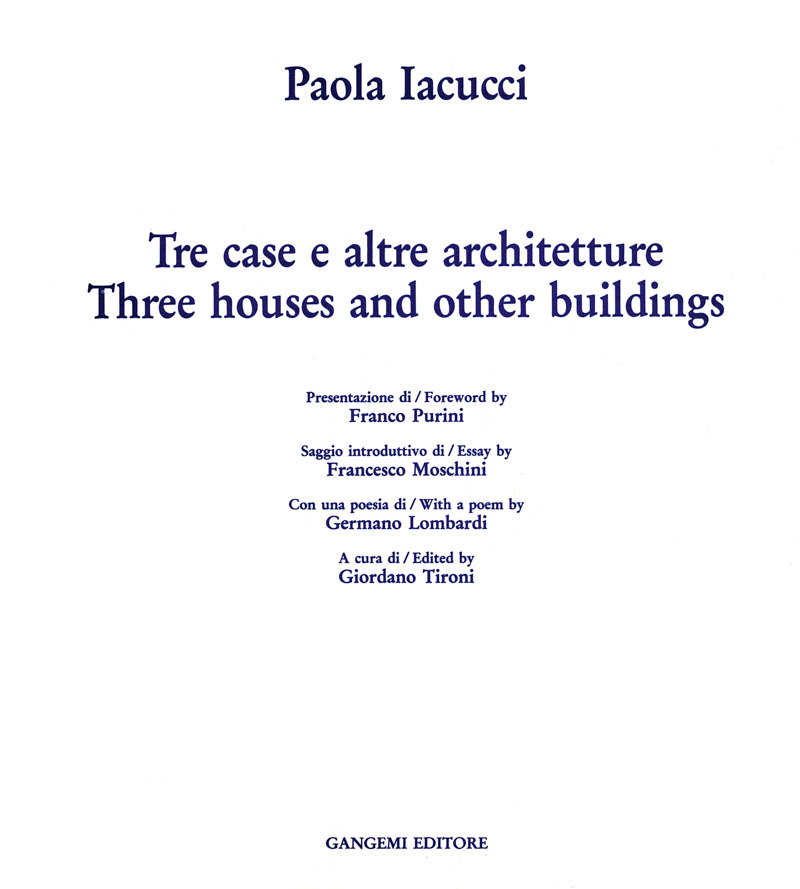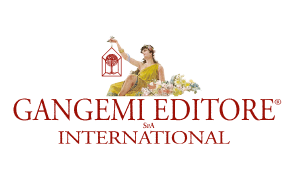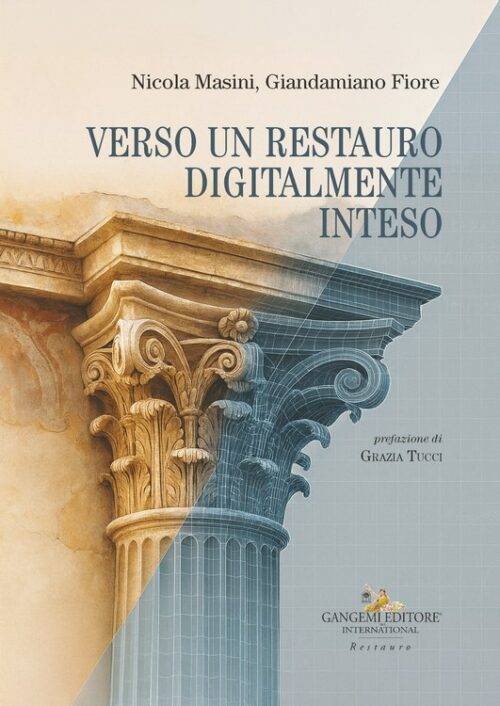
19,00 €
Potrebbero interessarti anche
Paola Iacucci
Tre case e altre architetture. Monografie sulle realizzazioni più significative in Italia e negli USA - Three houses and other buildings. Monographs on the most significant achievements in Italy and the USA
A cura di: Tironi Giordano
Autori: Purini Franco
Facing English text
Formato: 22 x 24 cm
Legatura: Filorefe
Pagine: 184
Anno edizione: 1991
ISBN: 9788874482337
EAN: 8874482337
UB. INT. : T450E V42d V05e
Contenuto
Paola Iacucci è nata a Roma dove ha studiato architettura con Ludovico Quaroni e ha fatto parte di Atrio Testaccio nel 1969-70.
Dal 1973 ha vissuto e lavorato a Milano, dove ha insegnato presso la Facoltà di Architettura del Politecnico, dal 1976 al 1984, e dove ha uno studio di architettura.
Dal 1985 vive e lavora a Milano e a New York, dove insegna architettura alla Columbia University, e dove ha uno studio professionale.
«Quando Franco Purini nella primavera del 1981 mi chiese di preparare questo libro, pensai che la dimensione della casa fosse quella giusta per verificare un progetto; e pensai a tre case, come all’idea di un unico edificio che prenda forma per tre volte, con alcune variazioni su tema.
Così le mie tre case si sono formate intorno a un luogo, il fiume, che appartiene più alla memoria e al pensiero, che all’immediato; luogo del desiderio di sempre…»
The contradiction between an inspiration to establish the architectonic language in the sense of a grammar, and an expressionistic vein, traverses the research of Paola Iacucci, as an unsolved question. While the first supplies itself with a systematic precision that lives in a space equally defined by a suspended attention inside an untouched nativity of the elements, the second pushes to the foreground the needs of a rapid formalization and of a fast and pressed figuration. Architecture as a poetic theorem, as elemental, musical scanning of words without an etymology, opposes itself, in the fullest autonomy of the discipline to architecture meant as a practice of the ambiguity of the codices, of their interference and of their contamination. As in some kind of nervous diptic a punctual measuring of weights, lights and matters contrasts a preoccupied abandon to an abstract pictorial spatiality. But the tension that is established between the elements of composition as a cause of this separation is not pulled to display its own conflictual reality. Refusing the «productive» role of architecture as construction, together with the role of communication of the project, the writing of the language is forced in a claustrophobic and self – referential dimension.
Parole chiave
Condividi su












